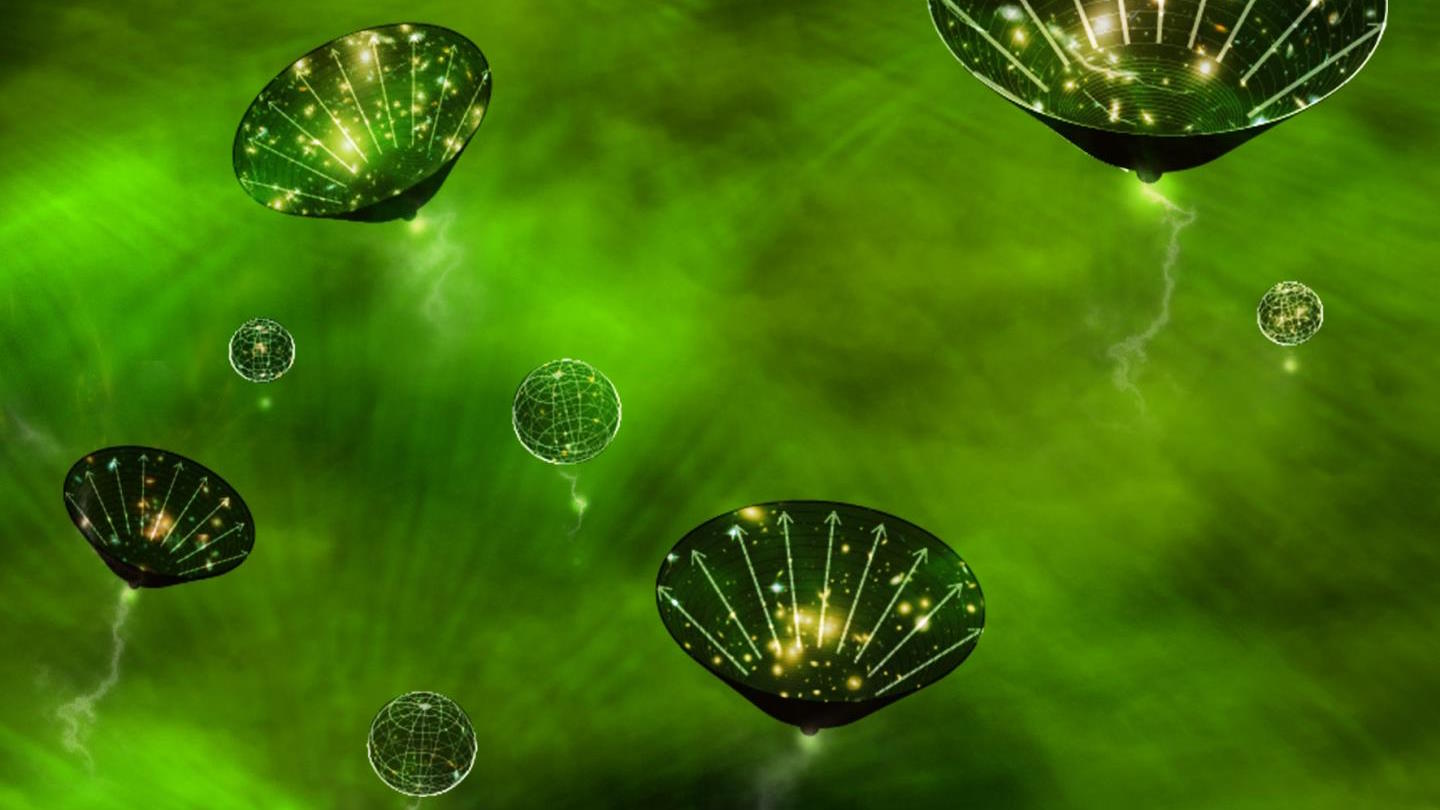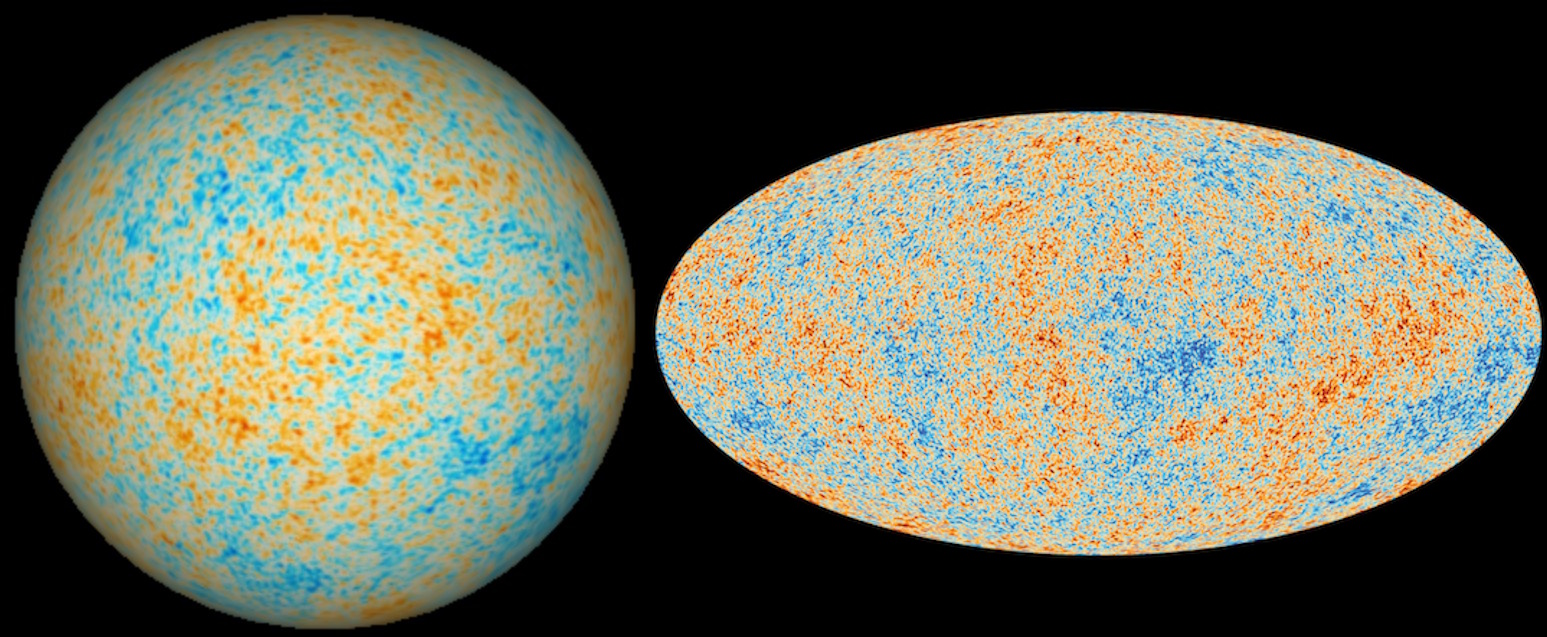What is astrophysics?
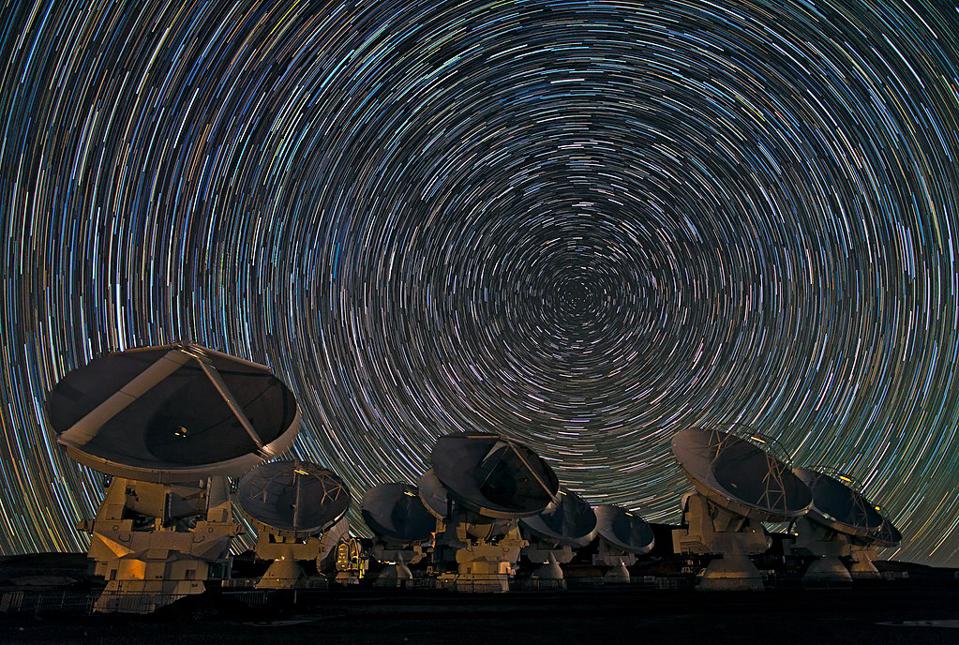
- In many ways, astronomy and physics are two of the oldest sciences there are, with recorded histories stretching back thousands of years.
- Yet astrophysics, which applies the physical laws governing reality to everything we see beyond Earth, only became a mature science in the 20th century.
- Almost all of what we understand about the Universe comes from astrophysics, which is now a broader, more far-ranging field than almost anyone realizes: even professional astrophysicists.
Whenever you take a look out at the Universe and record what you see, you’re engaging in one of the oldest sciences there is: astronomy. Similarly, whenever you investigate how a physical phenomenon in the Universe works — on quantum, classical, or cosmic scales — including by puzzling out or applying the laws that govern it, you’re engaging in the science of physics. Each of these fields, thousands of years old in their own right, were long thought to be independent of one another. While physics applied only to the mundane observations and experiments we can perform on Earth, astronomy instead explored the realm of the heavenly.
Today, however, we generally recognize that the rules governing the Universe don’t change from one location to another; they’re the same on Earth as they are everywhere, as well as every when, in the Universe. In every way that we’ve measured them, the laws of nature appear to be identical at all points in time and in space, and do not appear to change.
Astrophysics, then, is the overlap of astronomy with physics: where we study the entire Universe, and everything within it, with the full power of the laws of physics applied to them. In a sense, it’s the primary way that we — creatures that came to life within this Universe — are able to study and know about where we all came from. Here’s the story of what astrophysics is all about.
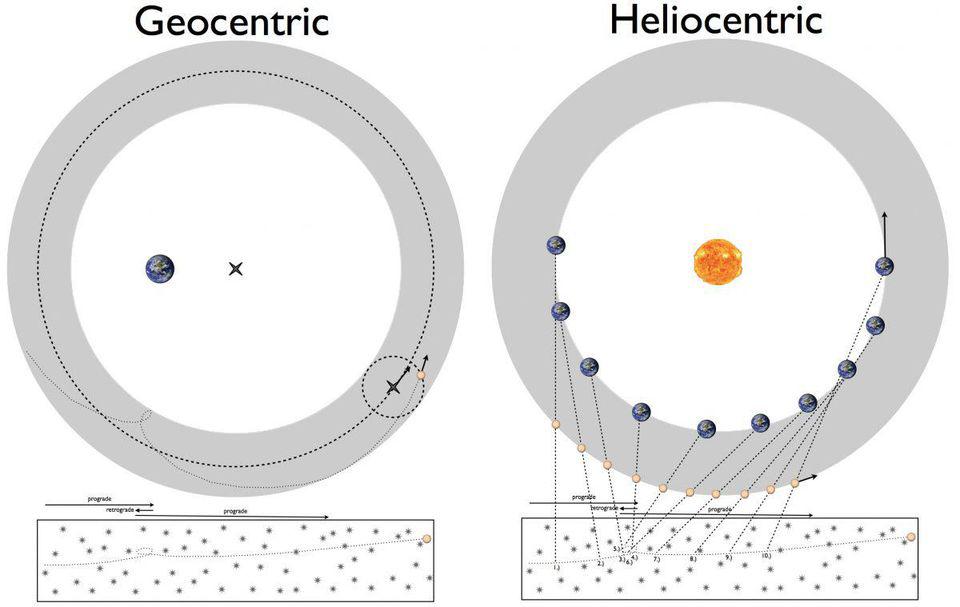
Credit: E. Siegel/Beyond the Galaxy
For millennia, humans had been watching the skies, attempting to track the various objects, their daily and annual (and beyond) motions, all while looking for patterns that they might fit into. However, there was no connection to the physical laws we were discovering here on Earth, from the Babylonians to the ancient Greeks to the Persians, Romans, Ottomans, and beyond. Even Galileo, famed for both his physics experiments and his astronomical observations, never managed to link the two together. When it came to the motions of heavenly objects, it was largely regarded as a philosophical, theological, or ideological concern, rather than a scientific one.
Johannes Kepler came close, as he arrived at the most precise and accurate description of the motion of bodies within our Solar System. Kepler’s three laws, that:
- planets orbited the Sun in ellipses, with the Sun at one focus,
- if you shaded in the area traced out by a planet in orbit around the Sun, it always traced out equal areas in equal times,
- and that the period of a planet’s orbit, squared, was proportional to its semimajor axis, cubed,
were empirically derived, meaning that they were arrived at based on observations alone, rather than having a deeper meaning behind them. Despite their success in describing planetary motion, Kepler’s advances weren’t rooted in the physical laws that govern the Universe.
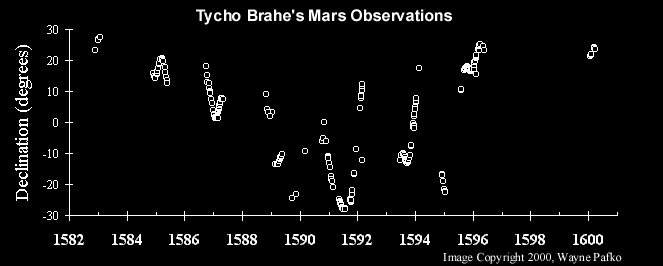
Credit: Wayne Pafko
It wasn’t until Isaac Newton came along that astrophysics, as a science, was born. The motion of objects on Earth, under the influence of our planet’s acceleration-causing gravity, had been studied for around a century by the time Newton rose to prominence. The tremendous advance that Newton made, however, remarkably distinguished him from all of his contemporaries and predecessors: the “rule” that he formulated for how objects attracted one another — Newton’s law of universal gravitation — didn’t simply apply to objects on Earth. Rather, they applied to all objects, regardless of the object’s properties, universally.
When Edmond Halley approached Newton and inquired about the type of orbit that would be traced out by an object that obeyed an inverse-square force law, he was shocked to find that Newton knew the answer — an ellipse — off of the top of his head. Newton had methodically and painstakingly derived the answer over the course of multiple years, inventing calculus along the way as a mathematical tool to aid in problem-solving. His results led Halley to understand the periodic nature of comets, enabling him to predict their return. The science of astrophysics had never seemed so promising.

Credit: ESO/MPE
Two scientists who were contemporaneous with Newton, Christiaan Huygens and Ole Rømer, helped showcase the early power of applying the laws of physics to the greater Universe. Huygens, curious about the distance to the stars, made an assumption that others before him had made: that the stars in the sky were similar to our own Sun, but were simply very far away. Huygens, who was famed for both his clockmaking prowess and his experiments with light and waves, knew that if a light source was placed at double the distance it was previously at, it would only appear one-quarter as bright.
Huygens attempted to discover the distance to the stars by drilling a series of holes in a brass disk and holding the disk up to the Sun during the day. If he reduced the brightness significantly enough, he reasoned, the light that was allowed through would only be as bright as a star in the sky. Yet no matter how small he drilled his holes, the tiny pinprick of sunlight that came through vastly outshone even the brightest star. It wasn’t until he inserted a light-blocking glass bead into the smallest of the drilled holes that he could match the Sun’s reduced brightness to the night sky’s brightest star: Sirius. It required a total reduction in the Sun’s brightness of a factor of 800 million to reproduce what he saw when he looked at Sirius.
The Sun, he concluded, if it were placed ~28,000 times farther away than it presently is (about half a light-year), would appear as bright as Sirius. Hundreds of years later, we now know that Sirius is about ~20 times farther than that, but also that Sirius is about ~25 times intrinsically brighter than the Sun. Huygens, who had no way of knowing that, had truly achieved something remarkable.
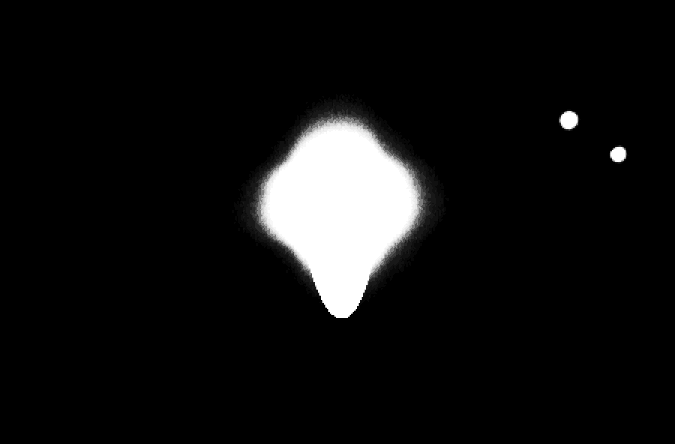
Credit: Robert J. Modic
Ole Rømer, meanwhile, recognized that he could use the great distances between the Sun, the planets, and their moons to measure the speed of light. As the Galilean moons of Jupiter circled behind the giant planet, they passed into and out of Jupiter’s shadow. Because Earth makes its own orbit, we can see those moons either entering or exiting Jupiter’s shadow at various times during the year. By measuring the changes in the amount of time it takes the light to travel:
- from the Sun,
- to one of Jupiter’s moons,
- and then from that moon back to Earth,
Rømer was able, to the best accuracy of his measurements, to infer the speed of light for the first time. Astrophysics isn’t exclusively about applying the laws of nature that we discover on Earth to the greater Universe at large, but also is about using the observations available to us in the “laboratory of the Universe” to teach us about the very laws and properties of nature itself.

Credit: ESA/ATG medialab
Yet it would take centuries for astrophysics to advance beyond the ideas of the late 1600s. Indeed, these ideas and applications encapsulated the entirety of astrophysics for the next 200 years, up through the middle of the 19th century. At that point, two additional advances occurred: the discovery of an astronomical parallax, giving us the distance to a star beyond the Sun, and the discovery of an astronomical paradox, indicating a problem with the age of the Sun and the Earth.
The idea of a parallax is simple: as the Earth moves through its orbit around the Sun, the closest objects to us will appear to shift, with time, relative to the background, more distant objects. When you hold your thumb out at arm’s length and close one eye, you see your thumb in a certain position relative to objects in the background. When you then open that eye and close the other one, your thumb appears to shift. Parallax is precisely the same concept, except:
- the Earth, at two different positions throughout the year, replaces each of your two eyes,
- the nearby star you’re measuring the parallax of takes the place of your thumb,
- the backdrop of more distant astronomical objects replaces whatever background you were seeing,
- and the amount that the star shifts by is minuscule compared to the amount your thumb shifts by, requiring tremendously advanced astronomical tools.
It’s only because there’s such a great distance to the stars — best measured in light-years — that it was so difficult to observationally discover this phenomenon.
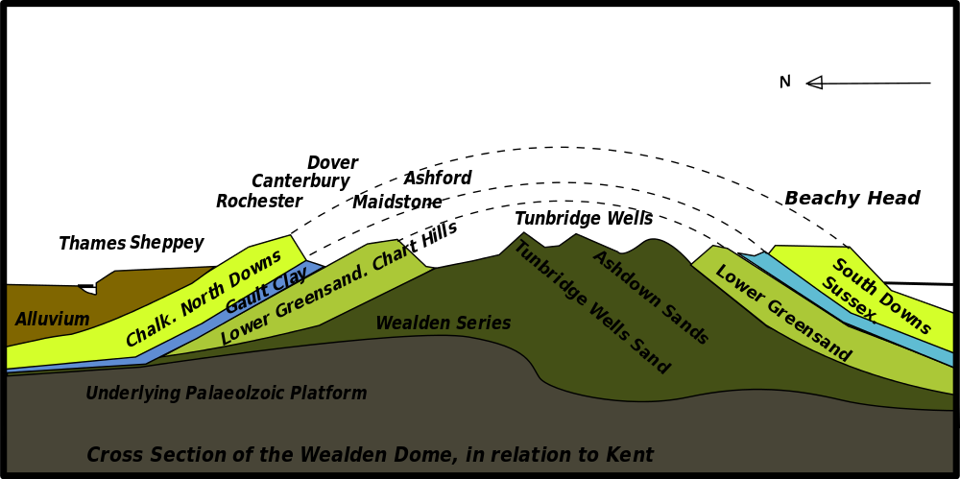
Credit: ClemRutter/Wikimedia Commons
But it was actually a paradox that truly opened the door to modern astrophysics. In the late 1800s, the age of the Earth was estimated to be at least hundreds of millions of years old, and more likely, billions of years old, to account for various geological formations and the evolution and diversity of life on Earth. For example, Charles Darwin, himself more of a “naturalist” than what we’d consider a modern biologist, calculated that the weathering of the Weald, a two-sided chalk deposit in southern England, required at least 300 million years for the process of erosion, alone, to occur.
However, a physicist named William Thomson, who would later become known by his titular name, Lord Kelvin, declared Darwin’s conclusions to be absurd. After all, we now knew the mass of the Sun from orbital mechanics, and we could measure the Sun’s energy output. Assuming the Sun’s energy output was a constant over the history of the Earth, Kelvin calculated the various ways that the Sun could have produced energy. He considered combustion of fuel; he considered feeding off of comets and asteroids; he considered gravitational contraction. But even with that last option, the longest lifetime for the Sun he could fathom was only 20-to-40 million years.
The science of astrophysics had revealed a paradox: either our ages for cosmic objects were completely wrong, or there was a source to the Sun’s power that was completely unknown to Kelvin at the time.

Credit: Wikimedia Commons/KelvinSong
Of course, we now know that there’s a lot more than gravitation and combustion at play in the Universe. There are nuclear reactions taking place, including fusion and fission events, all across the Universe, including in the cores of stars. There are atomic and even subatomic transitions and interactions that occur in star-forming regions, in interstellar gases and plasmas, and in the protoplanetary disks where stellar systems first assemble. There are electromagnetic phenomena, including net charges, electric currents, and strong magnetic fields, all throughout the depths of space. And under the most extreme conditions, there are even natural lasers and particles accelerated to 99.999999999999%+ the speed of light.
Wherever you have a physical system in space, wherever a physical phenomenon gives rise to a potentially observable signature, or wherever you can make an observation that sheds light on the physical properties of some aspect of the Universe, you have the potential to do astrophysics with it. Not all physics is astrophysics, and not all astronomy is astrophysics, but wherever these two fields intersect — the observational science of astronomy and the laboratory science of physics — you can do astrophysics with it.
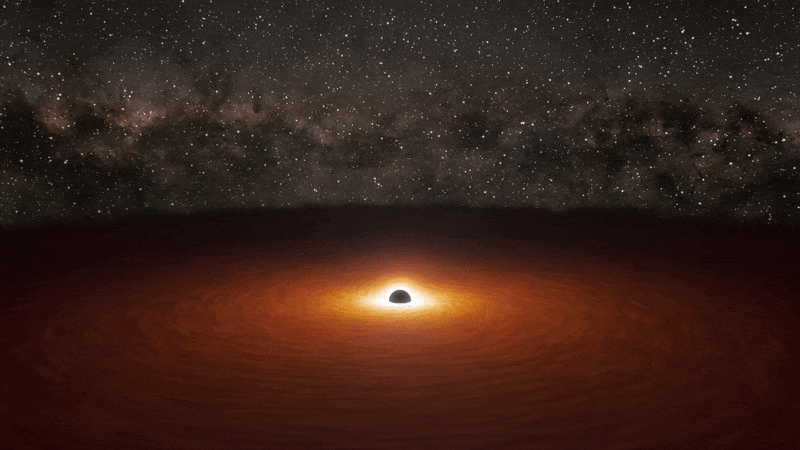
Today, there are four main branches of modern astrophysics, all of which work together, in concert, to teach us fundamental truths about the Universe.
- There’s theoretical astrophysics, where we take the established laws of nature and apply them to the conditions found in various places throughout the Universe, enabling us to calculate the observable signatures we expect to arise.
- There’s observational astrophysics, where we take observations of various objects found in the Universe to record their properties, across a variety of wavelengths of light and — where applicable — by other means, such as by detecting cosmic particles and/or gravitational waves.
- There’s instrumental astrophysics, where we build and optimize and utilize a variety of tools for measuring the Universe, from telescopes to cameras to particle detectors to energy-measuring calorimeters to interferometers and more.
- And over the past few decades, a fourth field has emerged as well: computational astrophysics. From astrophysical simulations to the handling of large data sets to newer tools like machine learning and artificial intelligence, computational astrophysics can often help bridge the gap between theory and observation, particularly when our traditional methods of analysis no longer serve us well.

Credit: C.-A. Faucher-Giguere, A. Lidz, and L. Hernquist, Science, 2008
Questions that were once thought to be beyond the realm of scientific investigation have now fallen into the realm of astrophysics, and in many cases, we’ve even uncovered the answers. For thousands upon thousands of years, our ancestors wondered at the vastness of the Universe, posing puzzles they could not solve.
- Is the Universe eternal, or did it come into existence at some point? If so, how old is it?
- Is space truly infinite, or is there a limit to how far we can go, what determines that limit?
- What makes up the Universe, and how many stars and galaxies could we see?
- Where did the Universe come from, what is it like today, how did it get to be that way, and what is its ultimate fate?
For generations upon generations of humans, these were questions for philosophers, theologians, and poets; they were ideas to wonder about, with no answers in sight. Today, these questions have all been answered by the science of astrophysics, and have opened up even deeper questions that we hope to answer the only way astrophysicists know how to answer them: by putting the question to the Universe itself. By examining the laboratory of deep space with the right tools and the proper methods, we can, for the first time in history, actually comprehend our place in the cosmos.

